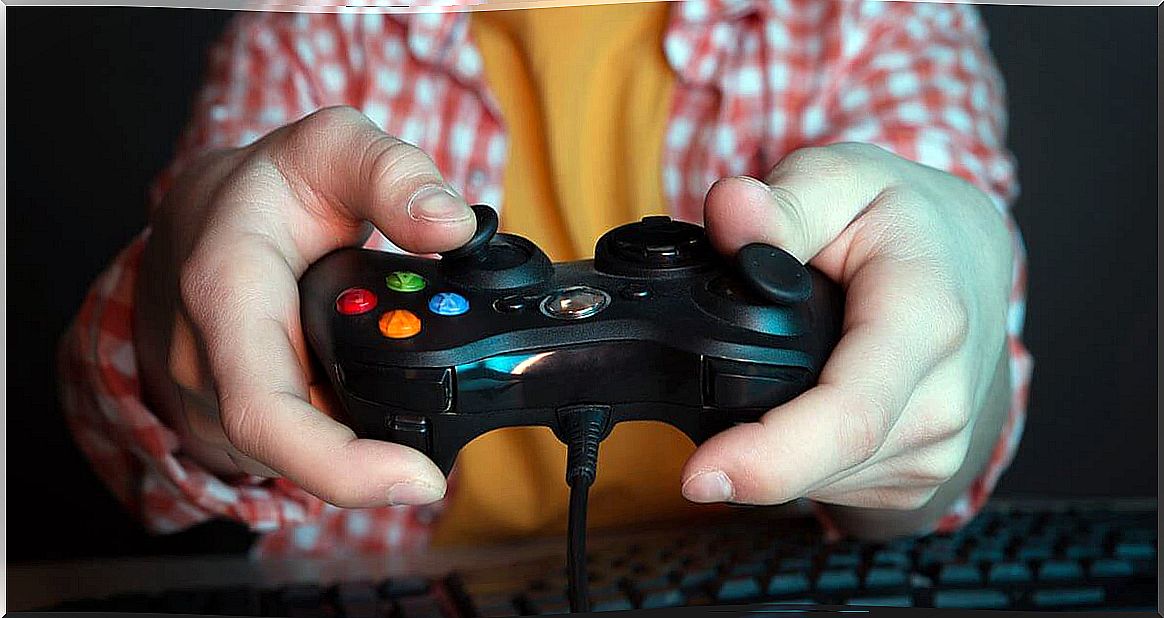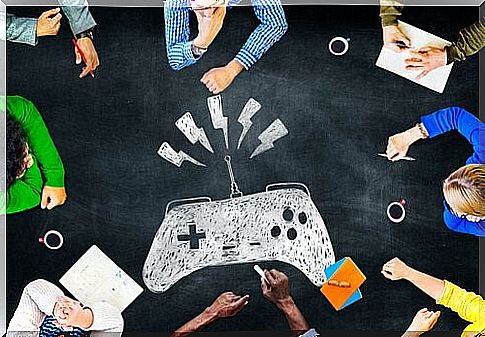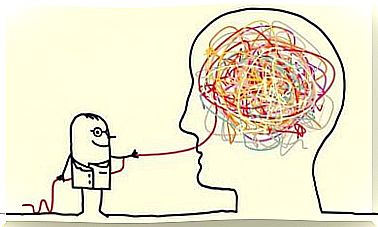Video Game Addiction: Symptoms And Treatment

Video game addiction is an ever-present topic. The availability of new technologies and the influence of the internet have made it easier to access games, especially online.
In fact, this type of entertainment is among those that cause most concern, for the power and ease of creating addiction. One can ask, however, what is the limit that identifies addiction in a behavior. Who plays a lot, too much, is a video game addict? Let’s deepen.
What is video game addiction?
Excessive activity and addiction are not synonymous. The difference that allows us to diagnose an addiction is the degree of interference this activity produces in the player’s daily life. That is to say, a person addicted to video games “loses” part of his life by playing.

To identify video game addiction and, therefore, to prevent and treat it, it is necessary to know its behavioral indicators. Symptoms related to this type of addiction are the following:
- Focus : video games become the core of the addicted person’s life. Much of his thoughts, emotions and actions are directed towards the current game or the next matches.
- Mood Alteration : A video game addict is characterized by a subjective experience of euphoria and excitement while playing. This is an important aspect to consider when treating addiction.
- Tolerance : As with substance addiction, there is an increasing need to play in order to achieve the same effect as the first time. This means that the player is forced to spend more time in front of the video game, entering a vicious circle.
- Withdrawal Symptoms : When gambling is not possible or game time is shortened, some typical withdrawal symptoms occur. Among these, for example: bad mood, irritability, etc.
- Conflict : This symptom can be directed towards other people, other activities, or oneself. Video game addiction affects interpersonal relationships, causes conflicts at work or at school; the player also begins to show subjective feelings of loss of control.
- Relapse : after periods of abstinence or control, behavioral patterns of the desire to play are triggered again.
Treatment of video game addiction
The recent awareness of the problem and the lack of studies in this field mean that the treatment of video game addiction is currently insufficient. Not to mention the factors that hinder the research itself such as the expansion of the video game industry, the low cost that this addiction implies for the player and the permissive attitude of society towards this type of playful activity.

Nonetheless, it is possible to take measures for prevention and treatment. A particularly vulnerable sector of the population is that of children and adolescents. For this reason, some measures are directly aimed at parents and educators; in the face of suspicion of video game addiction it is good to take measures such as:
- Check the content of your favorite games and, if necessary, replace violent games with more educational ones.
- Encourage the child to play in groups, to avoid isolation and encourage interaction.
- Negotiate playing times and conditions. For example, give the child two hours of play a day in the afternoon after all homework is done.
- Maintain active listening with the child. It must be understood that there is an explanation behind this behavior. Perhaps it is his way of communicating or expressing discomfort in other areas.
- In the event that these strategies fail, one can think of withdrawing the game console for a period of time deemed appropriate.
Of course, when video game addiction affects an adult, the approach changes. There are centers specialized in the specific treatment of this disorder. Their philosophy is to demonstrate that it is possible to achieve the same level of satisfaction in the real world as well. This type of addiction is, without a doubt, rarer in adulthood.









